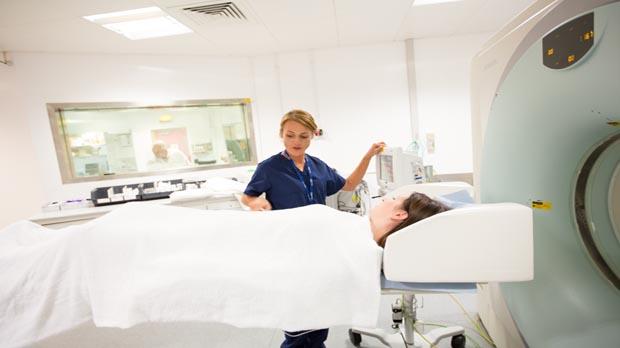
Around 1 in 5 people diagnosed with cancer in the UK take part in a clinical trial.
This study looked at a drug called elacytarabine for people with acute myeloid leukaemia (AML). This study was for people with AML that had come back or did not respond to treatment in the first place. The doctors wanted to find out more about what happens to elacytarabine in the body.
Doctors usually treat AML with chemotherapy. The aim of chemotherapy is to get rid of the leukaemia. But for some people it doesn’t work, or the leukaemia comes back later on. If this happens it is more difficult to treat. So doctors are looking for new ways to help people in this situation. In this study they looked at a chemotherapy drug called elacytarabine.
The aims of this study were to find out
The researchers found that in this study, elacytarabine helped a small number of people with AML. And the effects it has on the heart weren’t serious. But when the researchers looked at the results of another trial of elacytarabine for AML, they found that it wasn’t a useful treatment after all.
43 people took part in this study. The study team found that elacytarabine did cause some very small changes to heart trace ( ) readings, but these went back to normal a few weeks after stopping the drug. Elacytarabine also caused a rise in cholesterol levels in the blood, but this wasn’t a big problem.
) readings, but these went back to normal a few weeks after stopping the drug. Elacytarabine also caused a rise in cholesterol levels in the blood, but this wasn’t a big problem.
The main side effects were stomach problems such as feeling or being sick and a drop in blood cells causing an increased risk of infection, bleeding problems, tiredness and breathlessness.
The study team looked at how well the treatment worked. Of the 43 people who took part, they had the results for 36 people. They found that
While the researchers were looking at the results of this study, a larger trial of elacytarabine finished. It compared elacytarabine with 1 of 7 usual treatments for AML. Unfortunately, the results of the larger elacytarabine trial showed that it was no better than any of the 7 usual AML treatments that people had had. So the researchers decided that elacytarabine was not a useful treatment for AML and wouldn’t be looked at in any further trials.
We have based this summary on information from the team who ran the trial. The information they sent us has been reviewed by independent specialists ( ) and published in a medical journal. The figures we quote above were provided by the trial team. We have not analysed the data ourselves.
) and published in a medical journal. The figures we quote above were provided by the trial team. We have not analysed the data ourselves.
Please note: In order to join a trial you will need to discuss it with your doctor, unless otherwise specified.
Dr Steven Knapper
Clavis Pharma
Experimental Cancer Medicine Centre (ECMC)
Theradex Europe Ltd
If you have questions about the trial please contact our cancer information nurses
Freephone 0808 800 4040

Around 1 in 5 people diagnosed with cancer in the UK take part in a clinical trial.